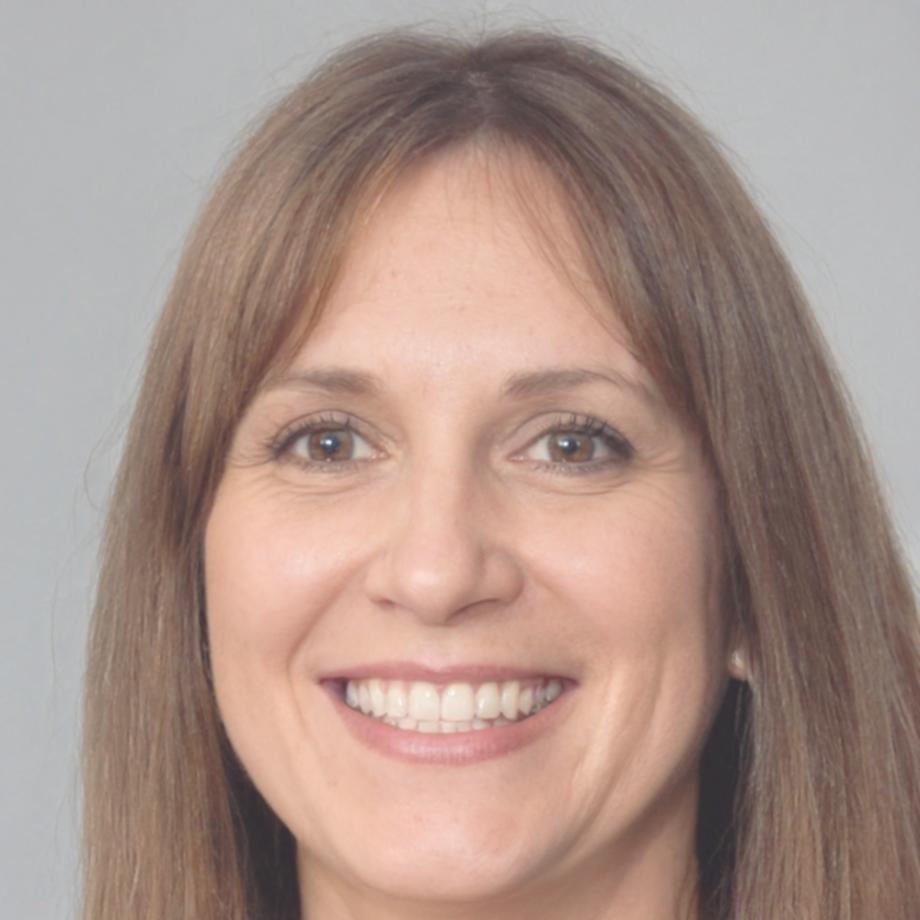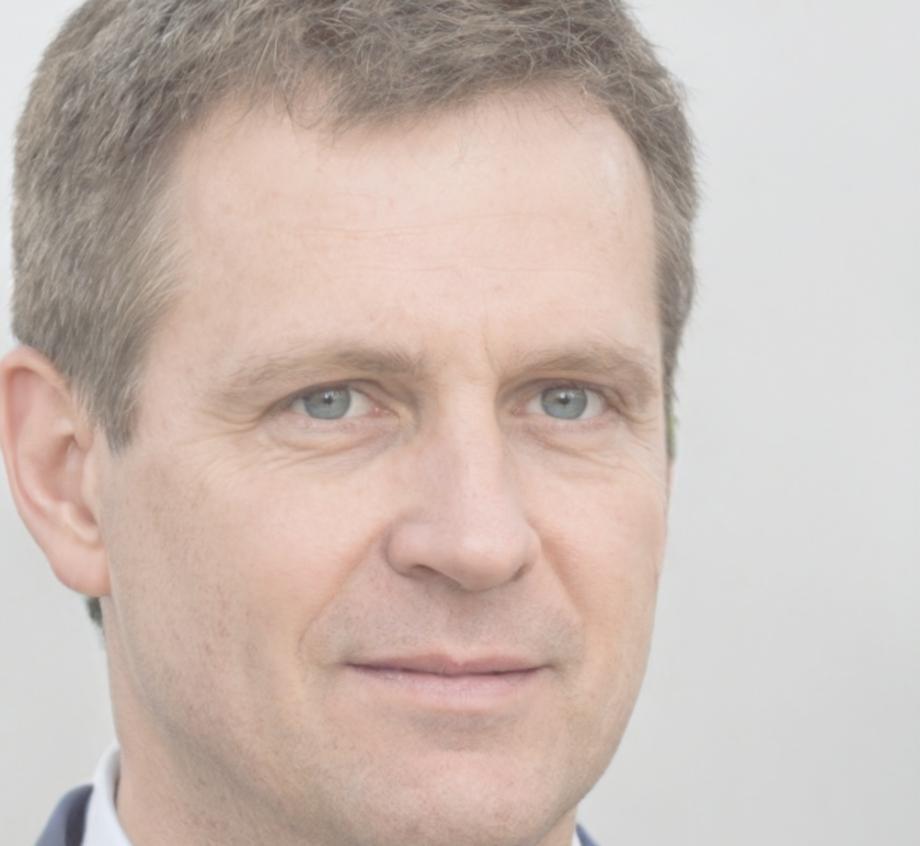Physics-Based 3D Game Design Programme
Our programme takes you from foundational concepts through to portfolio-ready projects. You'll spend roughly eight months building real skills in physics simulation, 3D mechanics, and interactive systems—the kind of work that actually matters when you're creating believable game worlds.
We're opening enrolment for our autumn 2025 cohort starting in September. Classes run Tuesday and Thursday evenings, plus optional Saturday workshops for hands-on practice.
How the Programme Unfolds
Each phase builds on what came before. We don't rush through fundamentals, and we don't pretend you'll master everything overnight. But by the end, you'll have worked through projects that demonstrate genuine understanding.
Foundations
Weeks 1-8
Start with the maths that matters. Vectors, forces, momentum—stuff you'll use constantly when building physics systems.
- Vector mathematics and transformations
- Newton's laws in game contexts
- Collision detection basics
- Simple rigid body dynamics
Mechanics
Weeks 9-18
Now we get into proper 3D systems. Character controllers, vehicle physics, environmental interactions—this is where things start feeling real.
- Character movement and constraints
- Rotational dynamics and torque
- Joint systems and ragdolls
- Soft body simulation basics
Advanced Systems
Weeks 19-28
Fluid dynamics, cloth simulation, destructible environments. These are the systems that make games feel alive and responsive.
- Particle systems for fluids
- Cloth and deformable meshes
- Fracture and destruction
- Performance optimization strategies
Portfolio Project
Weeks 29-34
Your final project showcases everything you've learned. Pick a game concept that highlights your strengths and build something you're proud to show.
- Project planning and scoping
- Integration of multiple systems
- Polish and presentation
- Documentation and code quality

Common Obstacles and How We Address Them
Every student hits walls during this programme. That's expected. What matters is having a clear path forward when you're stuck.
Maths feels overwhelming
A lot of students come in nervous about the mathematical side. They remember struggling with trigonometry in school and assume they're behind before they even start.
Context-first learning
We teach maths through actual game problems. When you see why you need dot products to calculate facing direction, it clicks differently. Plus, we have extra support sessions for anyone who needs more time with the fundamentals.
Physics systems don't behave as expected
You implement something that should work in theory, but in practice your character slides up walls or objects penetrate each other. Debugging physics is its own skill.
Systematic troubleshooting
We teach you how to visualize what's happening—drawing force vectors, logging collision points, stepping through frame by frame. Most physics bugs come from a few common mistakes, and once you know what to look for, debugging gets much faster.
Performance tanks with complex scenes
You build an amazing destruction system, but it runs at 15 frames per second. Understanding where bottlenecks occur and how to optimize physics calculations takes practice.
Profiling from the start
We introduce profiling tools early and make optimization part of every project. You'll learn when to use simplified collision shapes, how to implement spatial partitioning, and when it's worth the complexity. Performance isn't an afterthought—it's built into your process.
Balancing realism with fun
Realistic physics can make games feel sluggish or frustrating. Finding the right balance between simulation accuracy and responsive gameplay is tricky.
Play-testing and iteration
We dedicate time to feel and feedback. You'll learn how to tweak parameters for better game feel, when to cheat physics for player satisfaction, and how to make systems that are both believable and enjoyable. It's as much about design as it is about implementation.
Who You'll Learn From
Our instructors have spent years building physics systems for actual games. They've made the mistakes you're about to make, which means they know how to help you avoid them.

Alvar Lindqvist
Lead Physics Programmer
Spent six years at a major studio working on vehicle physics and destruction systems. Now teaches because he actually enjoys helping people understand this stuff.

Petra Vukovic
Gameplay Systems Engineer
Background in simulation software before moving into games. Particularly good at explaining why your collision detection is acting weird.

Callum Abernethy
Technical Artist
Bridges the gap between art and physics. If you need your cloth simulation to look good and run fast, he's who you ask.
Ready to Start Building?
Applications for our September 2025 cohort open in early May. If you're interested in learning more about the programme structure, prerequisites, or what to expect, get in touch.
Get Programme Details